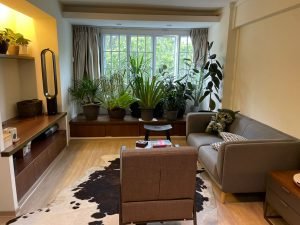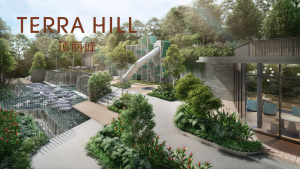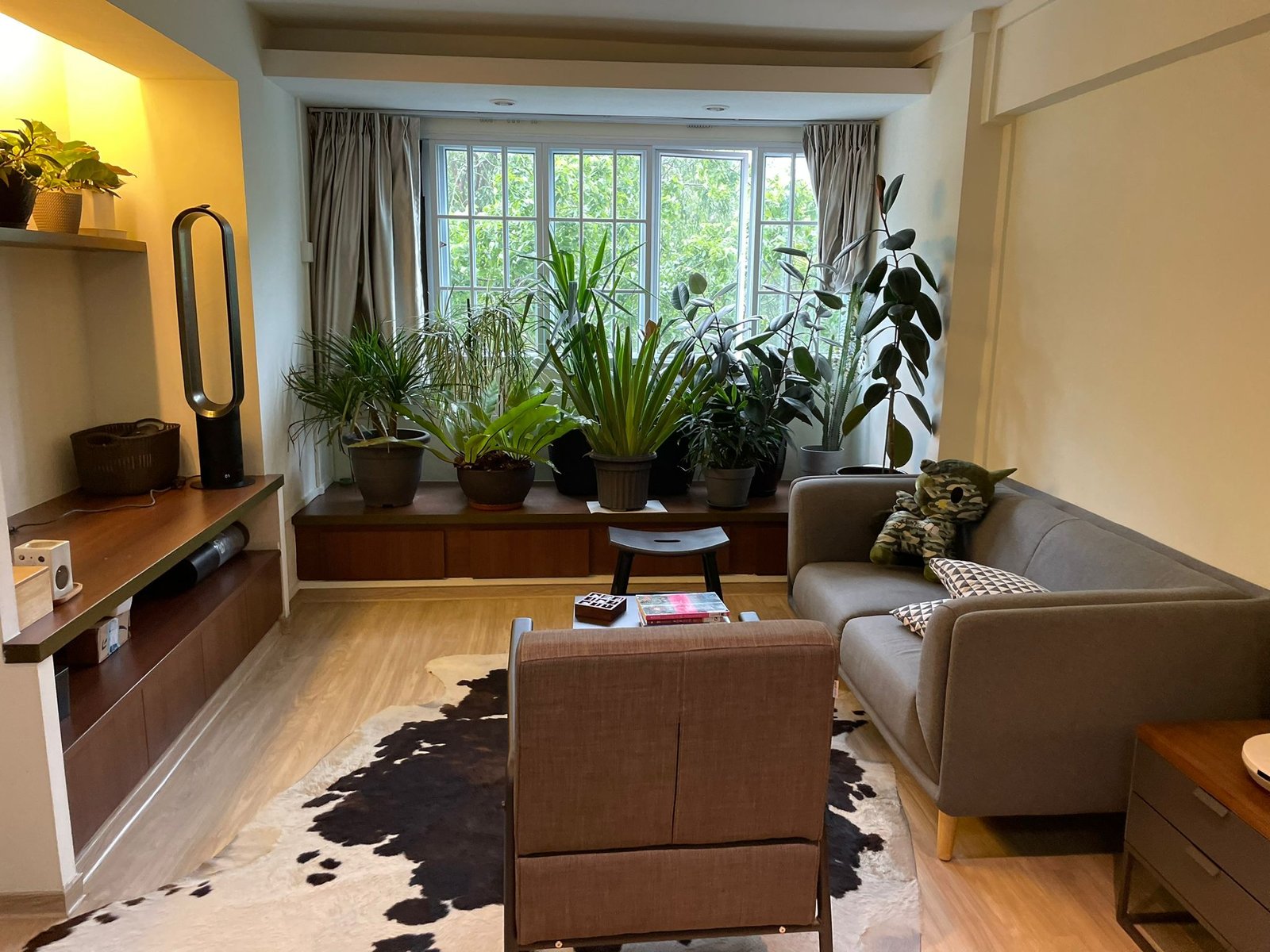Singapore Real Estate Cooling Measure
Happy New Year and I really wish everyone a better 2022.
On 15th Dec 2021, Singapore government released the latest cooling measure for the real estate market. I decided to post this article because i realise that many people whom I spoke to are unaware of the latest changes. This short article is to give you a better understanding about the cooling measures and we’ll also discuss the impact of each of these latest measures.
For the benefit of people who are clueless, let us first understand what is COOLING MEASURES. Just from these words, you can easily guess that it is a set of policies and measures introduced to cool down the real estate market.
It is not surprising that some of you may have heard from your parents or grandparents that long time ago, they were able to borrow as much as 90% from the banks to buy properties. They will then flip these properties to earn a handsome profit when the market is moving well. When the market is bullish (uptrend), it means is that there is strong volume of transactions, buyers are buying properties, and real estate price index also increased as a result.
It is good for prices of Singapore real estate to move up because it also means that our property is a valuable asset. I’m sure everyone wants your property to appreciate over time. It also means that our economy is doing well too. However, no one likes a huge spike or a sharp price increase. This is because in the event of an economic crisis, it will have negative impact if people are over leveraging on mortgage loans to speculate on properties. If these owners loses their income due to poor economic factors, they will not be able to service their mortgage and worse still they may not find buyers to buy their properties, which will lead to either bank sale or fire sale.
So to prevent SPECULATION and to emphasise on AFFORDABILITY, the government has already introduced several rounds of cooling measures in effort to tame the prices down. In summary, the government wants a soft landing not a hard landing result.
Here are 4 key cooling measures that you must know.
ABSD, SSD, TDSR, LTV
Let’s go through them briefly below.
Additional Buyer Stamp Duty (ABSD)
ABSD is a form of tax payable to IRAS. Do not confuse with BSD.
It was introduced as a tax based on the number of property counts owned and the nationality of the buyer. Take a look at the chart below to see the before and after. In summary, Singapore citizens, permanent residents and foreigners buying residential property will pay higher Additional Buyers’ Stamp Duty (ABSD) under changes announced as the Government seeks to curb demand in the face of a surplus of housing.
Singapore Citizens will remain to enjoy 0% ABSD rates when buying their first residential property. However Singapore citizens buying their 2nd and subsequent residential properties will be slapped with 17% and 25% ABSD rates respectively.
PR buying their first residential property is unaffected as the ABSD rate remains at 5%. However, PR buyer their 2nd and subsequent residential properties will be hit with a 25% and 30% ABSD rates respectively.
Foreigners will now have to pay 30% ABSD for all residential property purchases. Previously it was 20%. While you may be interested to know that under the existing Free Trade Agreements that Singapore has with some countries, this group of foreigners are eligible for ABSD remission. This means that if you are a citizen of Iceland, Liechtenstein, Norway, Switzerland or United States of America, instead of paying an additional 30% for the ABSD, you do not need to pay any ABSD at all on your first residential property purchase in Singapore.

Total Debt Servicing Ratio (TDSR)
TDSR is a framework introduced by MAS.
The TDSR framework for assessing a borrower’s loan will reduce from 60% to 55%. TDSR states that maximum 55% of the income less debts can be spent on monthly debt repayments. The impact is not a lot but it will affect buyers who are in the borderline aspiring to upgrade. Mid to high end buyers are not expected to be affected by this change.
Let’s see an example looking at the difference before and after with a simple calculation.

Loan To Valuation (LTV)
LTV. This is what I spoke about earlier. At least a decade ago, people could borrow from bank as much as 90% for buying private properties. This seems easy right? But don’t you think there’s high risk on both the bank and the borrower?
The latest changes in LTV only affects HDB buyers who are taking HDB Loan. Instead of 90%, LTV for HDB loan is reduced to 80%.
Now remember, buyers buying the private residential are not affected and the LTV ratio still remains at 75%. This means bank can loan you maximum 75% of the purchase price of a private residential property.
So why introduce now? This is a hardly a surprise that comes after prices soared in the HDB resale and private residential despite the ongoing Covid-19 pandemic. Public housing remains the largest type of housing in Singapore and the government will surely ensure sustainability of the HDB prices to remain affordable for Singaporeans.
Seller Stamp Duty (SSD)
SSD is another form of tax specifically imposed to curb speculation. No SSD is payable by the seller if the property is sold after the 3rd year it was bought. If you bought your property today and sold in within the 1st year, then you are subjected 12% tax on the sale price. That’ll be 8% tax if sold on 2nd year, and 4% if sold on the 3rd year.
There are No changes to SSD. This tax structure remains the same.














